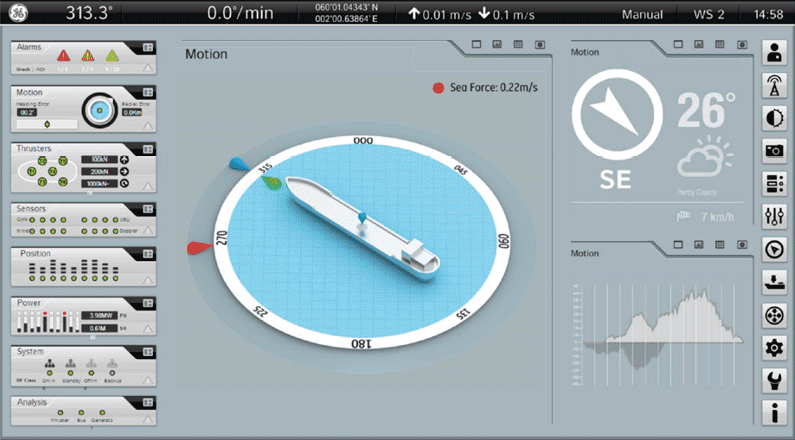
USER EXPERIENCE
Successful products
are driven by positive
user experiences
ABOUT
The LA approach is to identify what experiences people actually want and then translate these into successful, workable, commercial solutions. The term UX has to some extent been hijacked for use in the ‘digital world’ but we apply our knowledge and experience to all aspects of the design process, be it digital, physical or emotional to understand and satisfy unfulfilled user needs.
We apply our knowledge and experience to all aspects of the design process, be it digital, physical or emotional
.png)
The Chorus project was the largest undertaken by ELGA in its 75 year history
Chorus
The Chorus project was the largest undertaken by ELGA in its 75 year history and the level of investment necessitated that a commercial success would depend on the solution meeting all user requirements and expectations. A previous ground breaking product, also designed by LA, had altered user perception about how purified lab water could be dispensed in a more flexible manner and Chorus was intended to build on this success. The concept was to create a modular system of assemblies that could be configured in many different ways to provide tailored solutions to meet different laboratory and user needs.

This was a project with many different stakeholders and they were all important participants in an exercise where schematic full size ‘design elements’ were prototyped and literally used as building blocks to demonstrate what might be possible whilst establishing what was actually wanted.
There is considerable user driven innovation. Simple haptic controls provide highly controllable dispensing rates and a ‘halo’ of light projected on to the instrument body enhances its physical presence whilst allowing the product status to be monitored over long distances.



GE ship control system
User experience and testing is of critical importance when designing ships bridge systems as the consequences of human failure can be disastrous. The internal and external environments have considerable impact on the ability to control ships to very fine tolerances, especially when they have to be positioned above a fixed point on the ocean bed. This is achieved by combining a number of input and output devices, some physical, some digital and some a combination of both.

The project broke new ground with the introduction of large format touch screens which opened up opportunities that were previously not available. These were used in conjunction with more traditional ‘electro mechanical’ physical controls and all interactions had to take into account a ‘pitching’ and ‘rolling’ ship, where operators may need to support themselves by gripping integrated handle details.
The graphical user interfaces operate in bright sunlight and at night so needed two versions that don’t create any confusions or possibilities for user error. The different screens were mocked up to allow user participation and tested using role playing techniques to simulate the different activities that occur concurrently whist controlling the vessel.
In addition, custom control panels were developed using light pipe technology to act as prompts and to make it clear which control devices were ‘active’ and which should not be used at any moment in time.
This project is the latest of many LA involvements with marine control systems and whilst we have a great deal of experience and knowledge, the introduction of new technologies makes the whole subject of new user experiences fresh and challenging.







